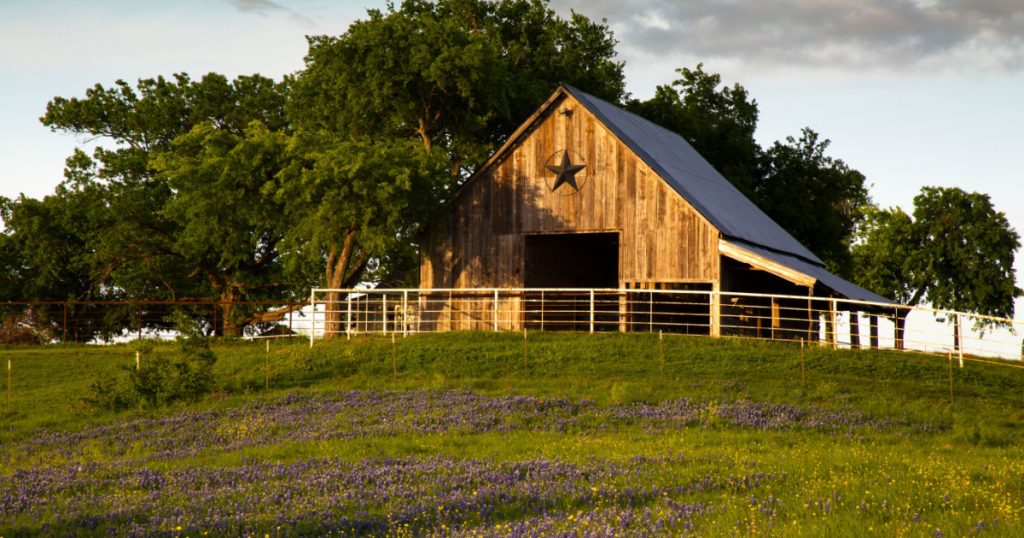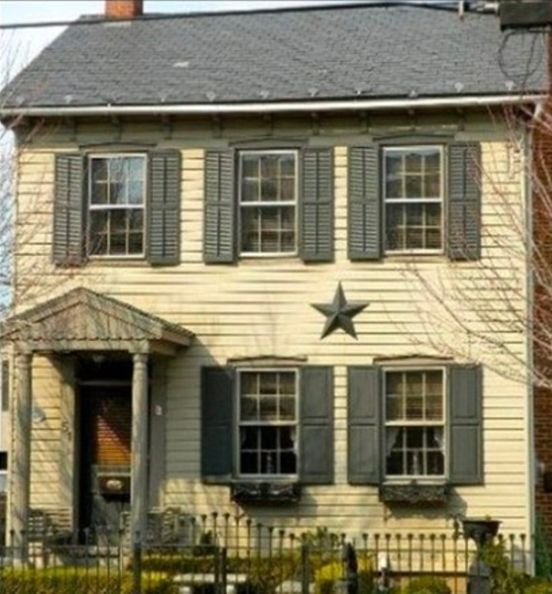If you consider yourself a country guy or gal, or even just like taking walks away from the hustle and bustle of busy cities, you’ll have seen a barn star or two in your day.

They’re often sighted above the door at the top of a barn, either painted on or wrought in metal, and make for neat decorations that have their roots steeped in historical significance.
But what is the reason behind barn stars? Where do they come from and what do they mean? If you’ve ever wondered – I know I certainly have – then fear not, this article will clear up a few things… and probably leave you with some parcels of knowledge you weren’t privy to before.

The history of barn stars is one that stretches back well over a hundred years, though there’s some debate as to their actual purpose.
According to certain sources, the stars were initially used to reflect the mark of the barn’s builder, a sign or sigil, if you will, so that all would know whose hands were responsible for raising the structure in the first place.
The Copper Star say that barn stars were most popular after the American Civil War, and that they can be traced back to at least 1820s Pennsylvania. In more modern times, the stars have been associated with good fortune and prosperity, but did you know that the differing colors of the stars each have their own meaning and significance?

That’s right, the aesthetics of individual stars actually tell stories of their own. German-American farmers, for example, were thought to position them at the very top of barns to ward of evil spirits and help increase the chances of a good harvest.
Like so many other things, barn stars are a custom that has been passed down over the decades, and are believed to have their roots in Pennsylvania Dutch and Amish communities.

Fascinatingly, the different colors of stars mean different things. Brown stars are believed to symbolize friendship and strength, for example, while white stars tell of purity and energy. If you see a violet star, meanwhile, it means holiness, while blue or black are intended to provide protection for the farm in question.
Then there’s green stars, symbolizing growth and fertility for the crops growing on the farm, while bright yellow stars speak of love of man and the sun.
Then there are ‘hex stars’, which according to reports aren’t the same as barn stars and even appeared over one century after them.

You may have seen these as well, from time to time, and they first began appearing in the 1950s. As per the Kuztown Folk Festival, there was a transition from barn star to hex star signs started by one Milton Hill in 1952.
Then, in the late 1950s, a Pennsylvania Dutch folk painter named Johnny Ott began attaching superstitious meanings to his signs, finding that they sold much better when he did. It didn’t take long for the trend to catch on, and these designs began to travel the world, known as “hex signs”.
Have you ever seen a barn star or a hex star before? Let us know!

